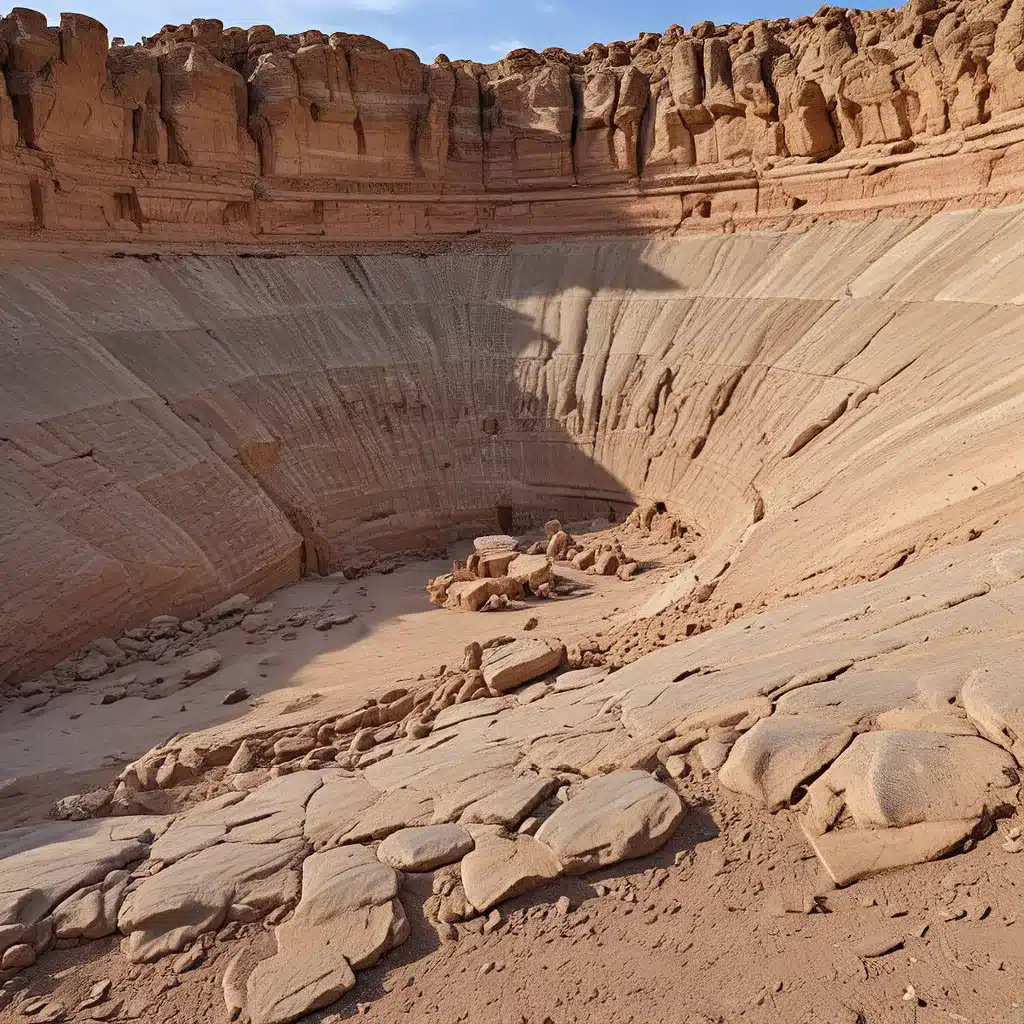
The world of dinosaurs has long captivated our imaginations, conjuring visions of towering beasts and ancient, untamed landscapes. However, recent archaeological discoveries have revealed an unexpected facet of these prehistoric giants – their impact on the architectural legacies of ancient cultures.
The Talayotic People: Builders of a Unique Stone Empire
On the Spanish island of Menorca, the remains of a remarkable Talayotic culture have emerged, shedding light on the ingenuity and resilience of a people who thrived long before the rise of the Roman Empire. These ancient inhabitants left an indelible mark on the island’s landscape, constructing a network of megalithic stone towers known as talayots, which once served as watchtowers and community centers.
Remarkably, the Talayotic people built these structures using only the raw materials they had at hand – blocks of limestone quarried from the island’s abundant resources. By harnessing the power of simple tools and collective labor, they created a legacy set in stone, defying the limitations of their time and environment.
The architectural evolution of the Talayotic people is a testament to their ingenuity and adaptability. Beginning with simple burial mounds and dolmens dating back to around 2000 BC, their building techniques gradually became more sophisticated. The navetas, or ship-shaped dwellings, emerged around 1600 BC, providing shelter for large families and reflecting a growing sense of community and shared purpose.
The Rise of the Talayots and Taulas
The most iconic structures of the Talayotic culture, however, are the talayots – truncated conical towers that sprouted up across the island around 1200 BC. These monumental structures, often standing in clusters, served as both watchtowers and community hubs, reflecting the growing sophistication of the Talayotic society.
Alongside the talayots, another remarkable architectural feature emerged – the taulas, or T-shaped stone slabs, which were often enclosed within a horseshoe-shaped structure. These structures are believed to have held significant ritual and religious significance, with evidence of sacrificed animals and bronze statuettes found within their walls.
The orientation of these taulas, with the majority facing southward, has led scholars to theorize that they may have been used to observe celestial phenomena, potentially serving as ancient astronomical observatories. This intriguing possibility underscores the depth of the Talayotic people’s understanding of the natural world and their place within it.
The Influence of Maritime Trade and Conflicts
The Talayotic culture’s existence was not without its challenges, as the island’s strategic location in the Mediterranean brought both opportunities and threats. The rise of maritime trade networks exposed the Menorcans to the cultures of the Phoenicians, Greeks, Carthaginians, and Romans, leading to an influx of new ideas and technologies.
However, this increased connectivity also brought the dangers of piracy and rival empires. To protect their communities, the Talayotic people began constructing extensive cyclopean walls around their villages, demonstrating their ability to adapt to changing circumstances and defend their way of life.
The Lasting Legacy of the Talayotic People
The enduring impact of the Talayotic culture is evident in the UNESCO World Heritage Site designation bestowed upon Menorca’s archaeological treasures. With an exceptionally high concentration of ancient sites within a relatively small area, the island has become a true living museum, where the remnants of the Talayotic civilization coexist with the modern world.
Today, these colossal stone structures continue to captivate visitors, standing as silent sentinels amidst fields, crops, and grazing livestock – a testament to the ingenuity and resilience of a people who left an indelible mark on the landscape, even in the face of momentous change.
The Talayotic civilization’s architectural legacy serves as a poignant reminder that the story of dinosaurs is not limited to the prehistoric world. The Lost Kingdoms website invites you to explore the rich tapestry of ancient cultures and their enduring impact on our understanding of the past, present, and future.


